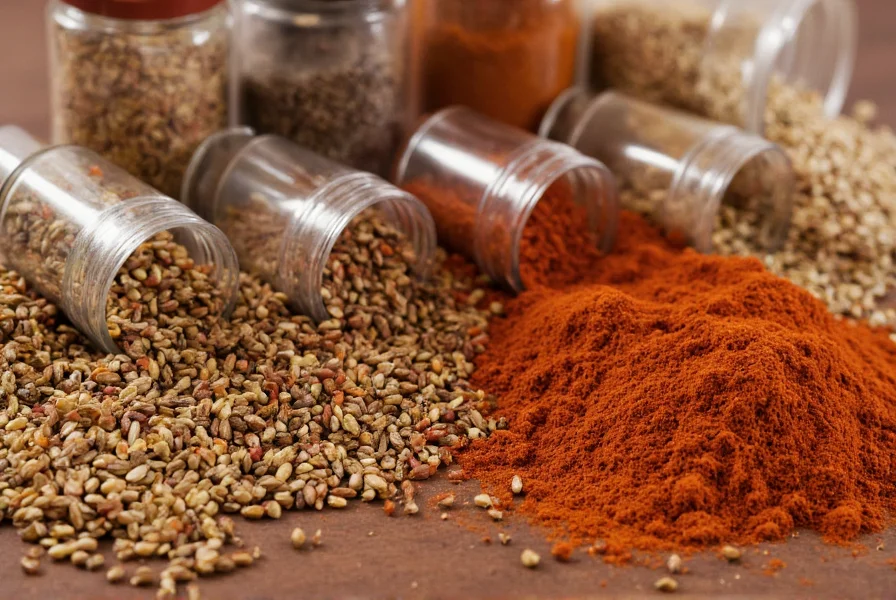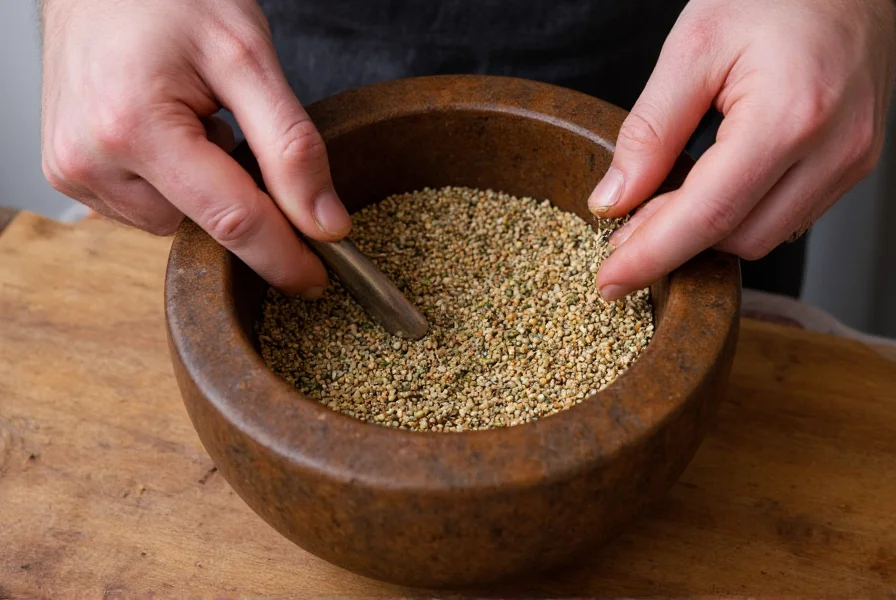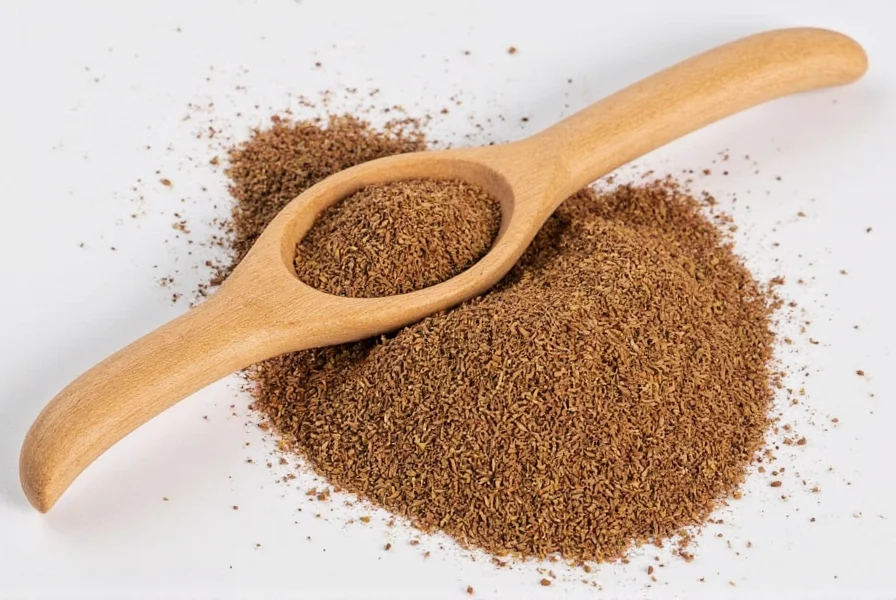Running out of cumin seeds mid-recipe can disrupt your cooking flow, but several pantry staples can effectively replace this essential spice. Cumin's distinctive earthy, warm, and slightly citrusy flavor plays a crucial role in global cuisines from Mexican to Indian dishes. Understanding proper cumin seed substitutes ensures your culinary creations maintain their intended flavor profile without compromising authenticity.
Top Cumin Seed Alternatives and Substitution Ratios
When seeking natural alternatives to cumin seeds, consider these practical options with precise measurements for best results:
| Alternative | Substitution Ratio | Best For | Flavor Notes |
|---|---|---|---|
| Ground cumin | ¾ tsp ground = 1 tsp seeds | All applications | Slightly more intense, less citrusy |
| Chili powder | 1½ tsp = 1 tsp seeds | Tacos, chili, Tex-Mex | Contains cumin plus garlic, oregano |
| Garam masala | 1 tsp = 1 tsp seeds | Indian curries, stews | Warmer, sweeter spice blend |
| Coriander + caraway | ½ tsp each = 1 tsp seeds | Middle Eastern dishes | Closest flavor match when combined |
| Paprika | 1 tsp = 1 tsp seeds | Spanish, Hungarian dishes | Milder, smokier alternative |
Best Substitute for Specific Cuisines
Understanding regional cumin seed replacements helps maintain authentic flavors in different culinary traditions. For Mexican recipes like tacos or enchiladas, chili powder provides the most appropriate substitute as it typically contains cumin along with complementary spices like garlic powder and oregano. Use 1½ teaspoons of chili powder for every teaspoon of cumin seeds called for in your recipe.
When preparing Indian dishes such as curries or dals, garam masala serves as an excellent alternative. This complex spice blend contains cumin along with cardamom, cloves, and cinnamon. Substitute equal parts garam masala for cumin seeds, but reduce other spices in your recipe to prevent overpowering flavors.
For Middle Eastern cuisine including falafel or hummus, combine equal parts coriander and caraway seeds. This homemade cumin substitute blend mimics cumin's earthy profile while adding complementary notes. Toast the seeds lightly before grinding for optimal flavor release.

DIY Cumin Substitute Blends
Create your own custom cumin replacement mix with ingredients likely already in your pantry. For a basic substitute, combine:
- 1 tablespoon coriander seeds
- 1 tablespoon caraway seeds
- ½ teaspoon turmeric (for color)
Grind these ingredients together for a versatile cumin alternative suitable for most savory dishes. Store this blend in an airtight container for up to three months. For Mexican-inspired dishes, add ½ teaspoon of dried oregano and ¼ teaspoon of garlic powder to the basic blend.
When substituting in recipes requiring whole cumin seeds for tempering (tadka), use equal parts caraway seeds which have a similar visual appearance and release oils at comparable temperatures. This works particularly well in rice dishes and lentil preparations where the visual element matters.
When Substitutions Fall Short
While these practical cumin seed alternatives work well in most applications, certain dishes rely heavily on cumin's unique chemical compounds. Authentic Indian jeera rice, Mexican mole, and North African tagines may lose distinctive characteristics when substituting. In these cases, consider adjusting other spices to compensate—adding extra coriander can enhance earthiness while a pinch of smoked paprika might provide needed depth.
Remember that fresh spices make a significant difference in substitution success. Check your spice cabinet for freshness—most ground spices lose potency after six months, while whole seeds maintain flavor for up to two years. Properly stored alternatives will deliver better results when replacing cumin seeds in your recipes.

Storage Tips for Cumin Alternatives
To maximize the effectiveness of your cumin seed replacement options, proper storage is essential. Keep whole spice alternatives like caraway and coriander seeds in airtight containers away from light and heat. This preserves their essential oils which provide the flavor compounds that mimic cumin's profile. Ground alternatives should be used within six months for optimal potency.
For frequently used substitutes, consider storing small amounts in your spice drawer and keeping bulk quantities in the freezer. This long-term spice preservation method maintains flavor integrity significantly longer than pantry storage alone. When substituting, always toast whole seed alternatives before use to release maximum flavor compounds similar to cumin seeds.











 浙公网安备
33010002000092号
浙公网安备
33010002000092号 浙B2-20120091-4
浙B2-20120091-4